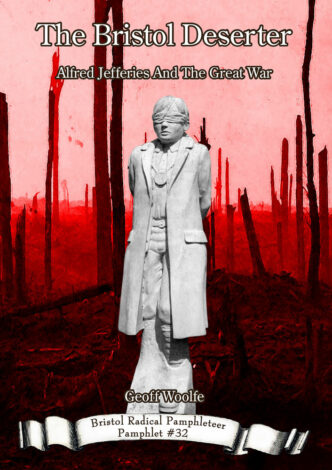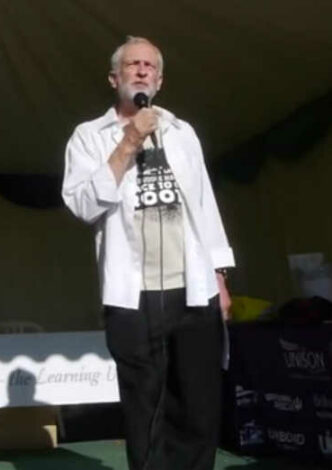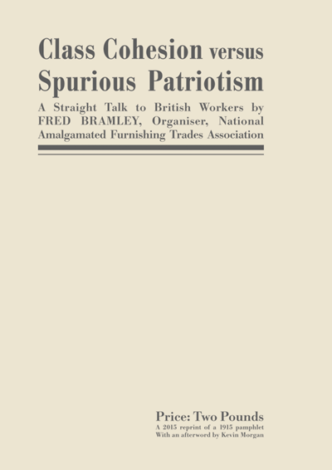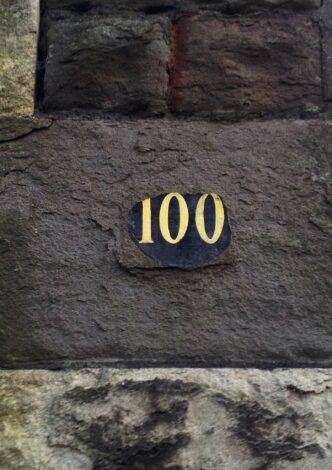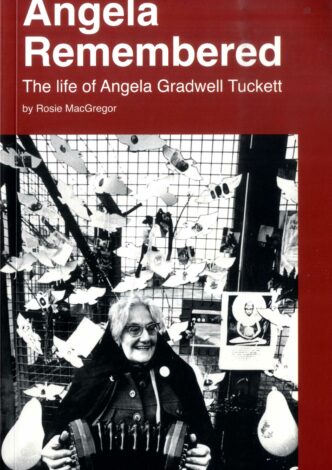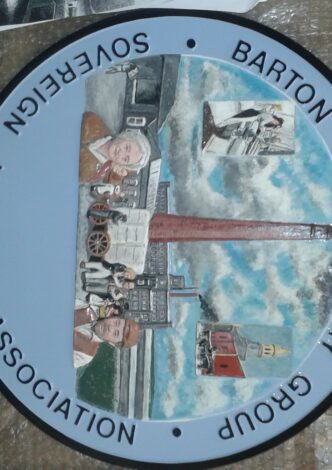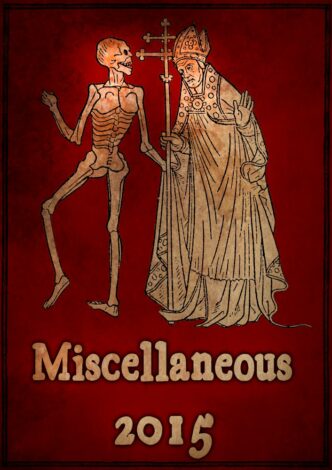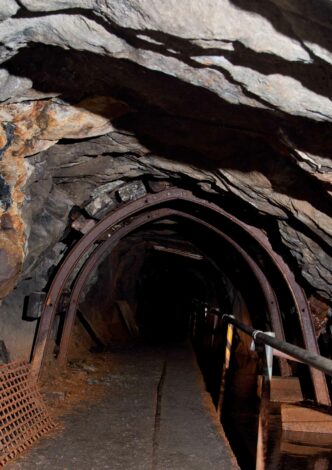The years leading up to 1914 saw a wave of strike action across Britain; at the same time there were fears of war with Germany whipped up by the press and in popular culture. Some like Bristol’s Trade Union Leader Ernest Bevin argued that workers’ interests were the same worldwide and that war would be disastrous. Nevertheless, when war broke out, patriotism won out over international brotherhood. Thousands of workers were persuaded to sign up to Kitchener’s army, including hundreds who worked […]
Jeremy Corbyn MP speaking at Tolpuddle Martyrs Festival 19/07/2015 South West Unison Tent. The Captain Swing rioters get a nice mention near the start.
With a new afterword by Kevin Morgan. A 2015 reprint of a 1915 pamphlet, originally published at the height of reaction during World War One. Proposing class struggle and international solidarity in response to nationalism and war, it’s a unique voice of dissent within the British labour movement of the time. Only a few copies of the original pamphlet exist; there is no copy in the British Library, and even the well-known libraries of labour movement history do not usually have a copy. This […]
Tuesday 4th August 7.30pm Scout Resource Centre, Gadshill Rd, Eastville, BS5 6PU All Welcome As you probably know, East Park housing estate was originally the site of Eastville Workhouse and part of nearby Rosemary Green is an unmarked burial ground (1851-1895) for more than 3,500 residents of that institution. Last summer residents and local historians formed Eastville Workhouse Memorial Group (EWMG) with the aim of placing a permanent memorial on Rosemary Green to remember those who were laid […]
Rosie MacGregor remembers Angela, that is Angela Gradwell Tuckett (1906-1994); a stalwart Communist, an all-round radical and something of a Renaissance woman. I’ll call her simply Angela too. Angela had a radical family background. She descended on her father’s side from a family of abolitionist (and quite prosperous!) Quakers. Her maternal family line included her grandfather, Bristol artist Henry Stacy and her aunt the pioneering socialist Enid Stacy. Born in Weston-Super-Mare, Stacy was an […]
 Not A BRHG Event
Not A BRHG Event
At Central Baptist Church, Devonshire Rd, Southampton SO15 2GY A day of creative expression, dialogue and workshops that include veterans, artists, historians, poets and we hope- you too! Come and hear accounts of mutineers, deserters and conscientious objectors. Stories of people who were and still are the 'conscience of war'- telling how it was, is and what it's like for new recruits. Roger will be giving a talk: British Armed Forces’ Strikes, Refusals and Mutinies 1919: From Southampton to […]
At 7pm on wednesday 24 june 2015 at Barton Hill trading estate, Maze Street, Barton Hill a new plaque Cottom Works plaque will be unveiled. then afterwards at St Luke's church hall for a talk with tea and refreshments.
Some AngryWorkers will be round and about England in the next few weeks showing a brand new documentary about the logistics workers' struggles/movement in Italy. Called 'Ditching The Fear', this film portrays the struggle of mainly migrant workers against the harsh labour regime of companies like TNT or IKEA. These struggles emerged in 2008 and have since then, not only won better conditions, but also put workers’ self-organisation back on the wider political agenda. Workers’ militants of the […]
Some of you might remember Rich Daniels and Robin Morgan, the Free Miners who led the tour of Hopewell Colliery on our Warren James day in the Forest of Dean several years ago. Robin started work at the age of fourteen and remembers being lowered down a pit shaft in a bucket on his first day of work. Now nearly eighty years old he has decided to retire! Rich has now taken over the lease of Hopewell Colliery. Rich is planning to develop the mine as a museum and heritage centre and is keen to […]
